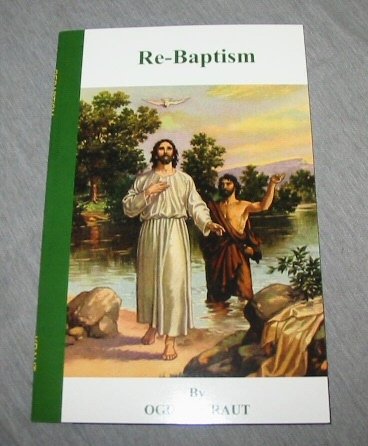Description
Baptism, as a fundamental principle of the Gospel, is also one of the most purposeful of the ordinances. Within the beauty and simplicity of baptism, there is also a complex of symbolic and binding covenants. And yet, despite the clarity of this doctrine, it is the source of more controversy among Christian sects than any other ordinance. Some churches immerse, sprinkle, or pour; while others feel that it has been accomplished and done away with by Christ. There are many churches assuming a water baptism to be non-essential because baptism of the spirit is all important. A few churches reject the necessity of baptism in any form. Then amidst all this rivalry and confusion, the authority to baptize became an issue with the restoration of the priesthood. (See D. & C. 22) However, at the present time, a few churches are beginning to accept or recognize baptisms performed by other churches.
Amidst this quandary of truth and error, supposition and fact, there remains a practice throughout the pages of history, which has ascribed but little attention from most historians. This practice was the doctrine and ordinance of re-baptism. Those who have heard or read about this ordinance have assumed it was done to complete mission records or to re-admit some member back into the Church after excommunication. However, this practice was performed anciently and in modern times for many reasons.
For nearly 60 years, in our own dispensation, almost every member of the Church had [4] experienced re-baptism, and some many times. From the days of the Prophet Joseph Smith to the turn of the century, re-baptism became an integral part of the teachings and faith of the Latter-day Saints. Certainly then, it deserves more than a casual notice, or a passing glance, in the annals of Church history.





Reviews
There are no reviews yet.